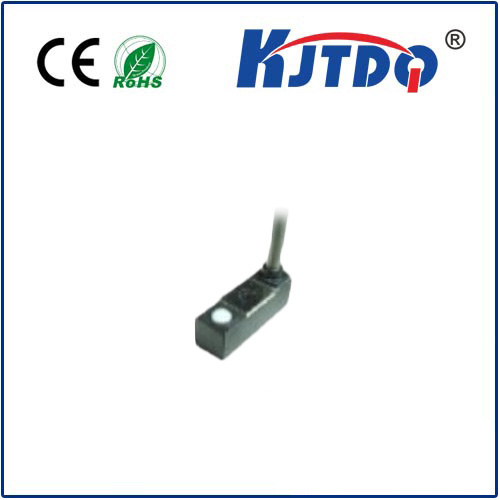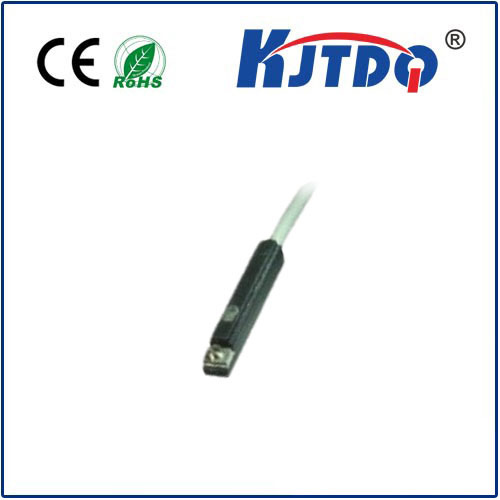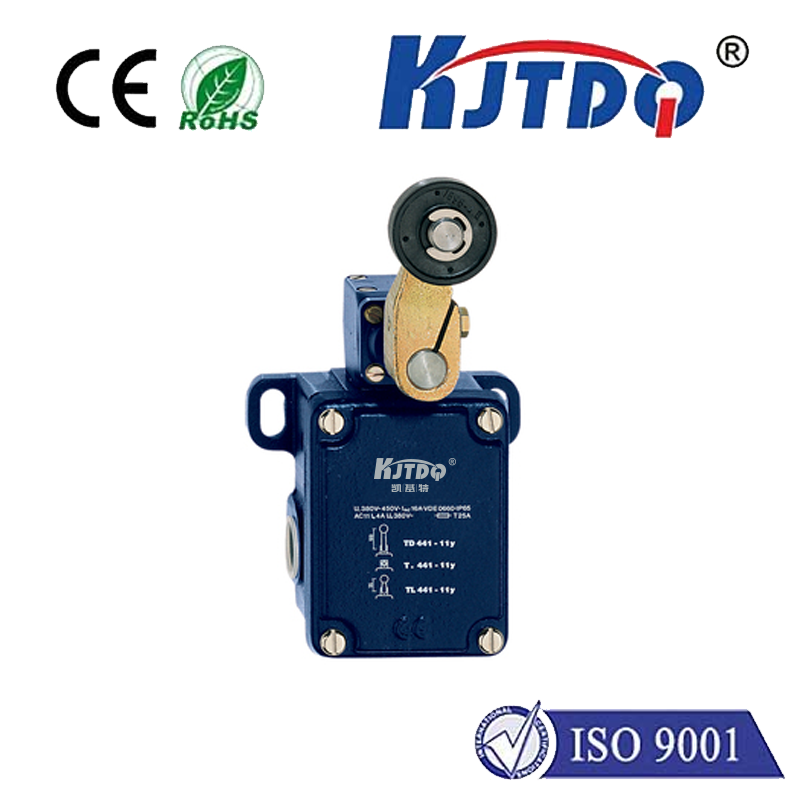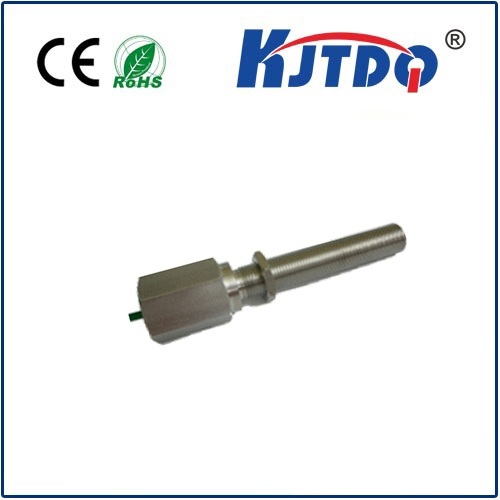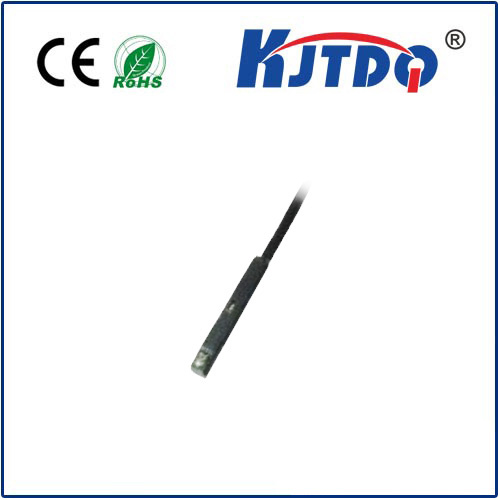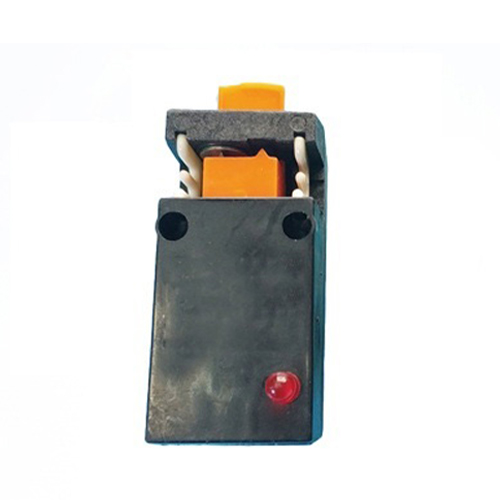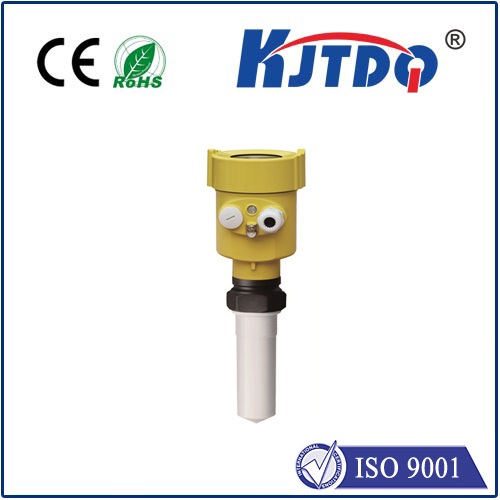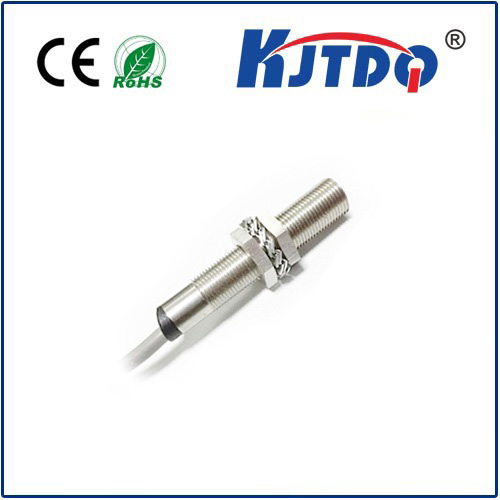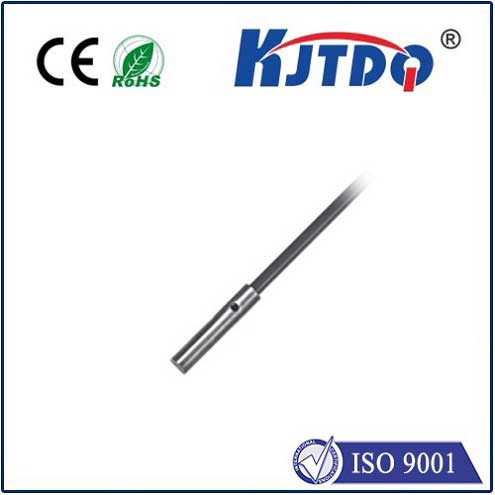smd optical sensor
- time:2025-08-16 04:22:52
- Click:0
SMD Optical Sensors: Revolutionizing Compact Design and Precision Detection
Imagine your smartphone instantly dimming its screen in bright sunlight or a factory robot flawlessly detecting tiny components whizzing past on a conveyor belt. This invisible intelligence often relies on a powerful yet miniature marvel: the SMD optical sensor. These sophisticated components are transforming industries by merging miniaturization with exceptional optical sensing capabilities, paving the way for smarter, smaller, and more efficient devices.
What Exactly is an SMD Optical Sensor?
At its core, an SMD optical sensor detects light – visible light or infrared (IR) – and converts it into an electrical signal. The key differentiator lies in the “SMD” designation. SMD stands for Surface Mount Device, meaning these sensors are specifically designed for direct soldering onto the surface of printed circuit boards (PCBs), in stark contrast to older, bulkier through-hole components requiring leads inserted into holes.
This fundamental design approach unlocks a new world of possibilities for electronic assembly and device design. SMD optical sensors encompass a wide variety of devices, including ambient light sensors, proximity sensors, color sensors, IR detectors, gesture sensors, and optical encoders. Their versatility makes them indispensable in countless modern applications.

The Unmistakable Advantages of SMD Optical Technology
The shift towards SMD technology for optical sensors isn’t just a trend; it delivers compelling, tangible benefits:
- Miniaturization & Space Efficiency: This is arguably the most significant advantage. SMD optical sensors are incredibly small and lightweight. This allows engineers to pack sophisticated sensing capabilities into ever-shrinking devices like wearables, ultra-thin smartphones, compact IoT modules, and miniaturized medical instruments where space is at a premium.
- High-Speed, Automated Production: SMD components are tailor-made for high-speed pick-and-place machines used in modern SMT (Surface Mount Technology) production lines. This automation drastically increases assembly speed, reduces labor costs, and significantly improves manufacturing consistency and yield compared to manual through-hole soldering.
- Enhanced Performance & Reliability: Modern SMD optical sensors often integrate advanced features directly onto the chip. This can include sophisticated signal conditioning circuits, analog-to-digital converters (ADCs), and even microcontrollers. This integration reduces noise, improves signal fidelity, simplifies external circuitry, and ultimately enhances sensor accuracy, reliability, and overall performance. Higher sensitivity, faster response times, and lower power consumption are frequently observed benefits.
- Robustness: When properly soldered using reflow soldering techniques, SMD components form strong mechanical bonds with the PCB. This results in increased resistance to vibration and shock compared to components relying solely on lead/wire connections. This robustness is crucial in automotive, industrial, and portable applications.
- Cost-Effectiveness: While individual sensor costs vary, the overall system cost often benefits from SMD technology. Mass production efficiencies through automated assembly, reduced PCB size requirements, and less complex board layouts collectively contribute to lower total manufacturing costs at scale.
Key Applications Driving Demand
The unique blend of small size, high performance, and manufacturability makes SMD optical sensors ubiquitous:
- Consumer Electronics: The backbone of features in smartphones, tablets, laptops, wearables, and TVs:
- Ambient Light Sensors (ALS): Automatically adjusting screen brightness for optimal viewing and battery saving.
- Proximity Sensors: Turning off the touchscreen during calls when held near the ear.
- IR Sensors: Remote control receivers.
- Gesture Sensors: Enabling touchless control.
- Color Sensors: Camera calibration, display color tuning.
- Industrial Automation & Control: Critical for precision, safety, and efficiency:
- Object Detection & Counting: On high-speed assembly lines.
- Position Sensing: In robotics and machinery (optical encoders for motor feedback).
- Level Sensing: Detecting liquid or material levels in tanks.
- Presence/Absence Verification: Ensuring components are correctly placed before processing.
- Barrier/Safety Light Curtains: Using arrays for personnel safety.
- Automotive: Enhancing safety, comfort, and automation:
- Automatic Headlights & Wipers: Reacting to ambient light/rain.
- Rain/Light Sensors: Integrated into windshields.
- Driver Monitoring Systems (DMS): Detecting drowsiness (using IR).
- Gesture Control: For infotainment systems.
- Proximity Sensing: For automatic tailgates or collision avoidance (part of sensor suites).
- Medical Devices: Enabling miniaturization and advanced diagnostics:
- Pulse Oximeters: Measuring blood oxygen saturation (photoplethysmography - PPG).
- Infusion Pumps: Detecting fluid levels or air bubbles.
- Portable Diagnostic Equipment: Utilizing light for analysis.
- Internet of Things (IoT) & Smart Home: Bringing intelligence to connected devices:
- Smart Lighting: Adaptive brightness and color temperature based on ambient light.
- Occupancy/Vacancy Sensors: Turning lights on/off automatically.
- Appliance Control: Touchless interfaces via proximity or gesture sensing.
- Environmental Monitoring: Light level sensing alongside other parameters.
Key Considerations When Integrating SMD Optical Sensors
Successfully implementing SMD optical sensors requires careful attention:
- Optical Path Design: Ensuring unobstructed light paths (for emission and reception) is paramount. The sensor’s placement, aperture design in the device housing, and potential interference from other components or environmental factors (e.g., dust, moisture) must be meticulously planned. Selecting sensors with appropriate viewing angles is crucial.
- PCBA Design: Requires expertise in surface-mount technology (SMT) design rules: proper pad sizes and shapes, solder paste application, thermal management for reflow profiles, and avoiding tombstoning. Cleanliness is vital to prevent contamination blocking optical apertures.
- Signal Integrity: Implementing appropriate decoupling capacitors, stable power supplies, and proper grounding is essential for minimizing noise and maximizing the signal-to-noise ratio, especially for sensitive measurements like ALS or PPG.
- Optical Filtering & Shielding: Many sensors require specific spectral filtering (e.g., IR cut filters for visible light sensors) or mechanical shielding to block unwanted ambient light sources (like flickering artificial lights) that can interfere with measurements.
The Future is Bright and Compact
SMD optical sensors represent a fundamental shift in how we integrate light-based sensing into electronic products. Their miniaturization, inherent suitability for automated assembly, performance advantages, and robustness make them not just a convenience, but a necessity in the design of modern, competitive electronics across virtually every industry. As sensor technology continues to evolve, offering higher sensitivity, more integrated features, and lower power consumption, their role in enabling smarter, more responsive, and increasingly compact devices will only become more profound. They are a small component making an enormous impact on the technological landscape.












